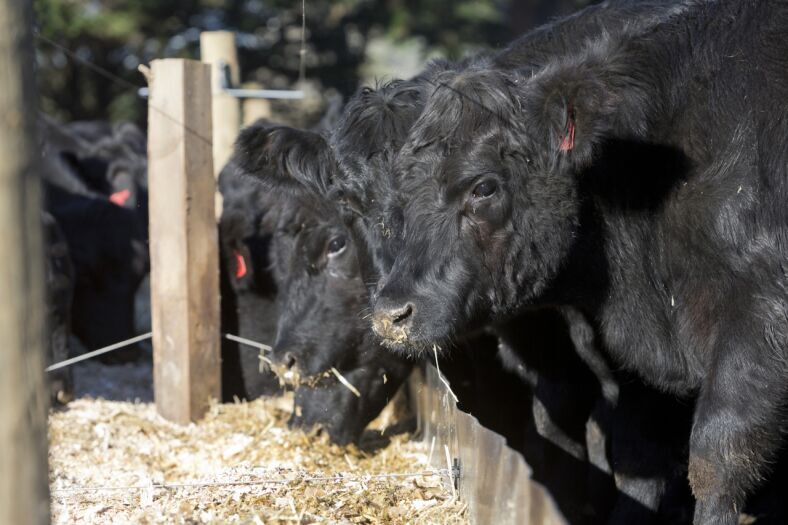
Articles
Maize silage - an excellent option for beef

The current higher beef schedule is fuelling farmer interest in growing and feeding maize silage to beef cattle. Maize silage is a major component in beef cattle diets in many countries throughout the world. It is a great compliment to pasture and has an excellent place in Kiwi beef farm systems.
Beef farmers can use maize silage to:
Maintain high weight gains throughout the year
Keeping animals growing at a steady rate improves feed-use-efficiency as it takes a shorter period of time to reach slaughter weight and less feed is used for maintenance (Table 1). Maize silage can be used to fill pasture deficits so animals can be slaughtered without having to go through another winter.
Table 1: Amount of feed required for a 200 kg liveweight gain at different animal growth rates.
|
Growth rate (kg/day) |
Initial weight (kg) |
Final weight (kg) |
Time to reach final weight (days) |
Total feed requirement (kgDM) |
|---|---|---|---|---|
|
0.5 |
200 |
400 |
400 |
2,400 |
|
1.0 |
200 |
400 |
200 |
1,600 |
Intensify beef operations
Typically beef pasture yields less than 12 tDM/ha each year. A spring-planted maize silage crop can yield 16 – 24 tDM/ha at harvest in March or April. The area can be planted into a winter crop or pasture giving another 4 - 6 tDM/ha over the winter months. This means a maize system can produce double the annual drymatter yield of pasture allowing more animals to be taken through to higher weights.
Ensure cows and heifers meet condition score targets
Meeting beef cow condition score targets is important to ensure good reproductive performance and high calf weaning weights. The energy in carbohydrate-rich maize silage is used 50% more efficiently for condition score gain than the energy in autumn pasture.
Help weatherproof beef farm systems
Keeping a stack of maize silage on hand allows beef farmers to reduce the impact of adverse weather effects. This includes keeping weight on capital stock such as bulls and breeding cows as well as maintaining young-stock growth rates.
Capitalise on beef schedule premiums
With a stack of maize silage on hand farmers can be confident they can put weight on animals regardless of the weather. Farmers can plan to sell animals when the schedule is at a peak (e.g. in the late winter. Alternatively they can secure contracts for a reliable supply of animals of a set carcass weight throughout the year.
A big benefit of maize is its flexibility. If feed is short maize crops can be greenfed otherwise they can be harvested and ensiled. Maize silage will keep its quality long-term provided it is well compacted and covered. It can be fed weeks or months later when it is required. This gives increased flexibility when compared to forage crops which must be grazed when they are ready.
With all of the crop work (cultivation, planting, harvesting etc) able to be done by local contractors, farmers don’t need a lot of flash gear to grow their own maize silage.
The simplest systems feed maize silage along fence lines or under a wire in the paddock when ground conditions are reasonably dry. Some farmers have invested in portable bins to feed maize silage in the paddock. A feedpad is another option however it must meet local council and national environmental requirements.
For more information please contact your local Pioneer representative.
